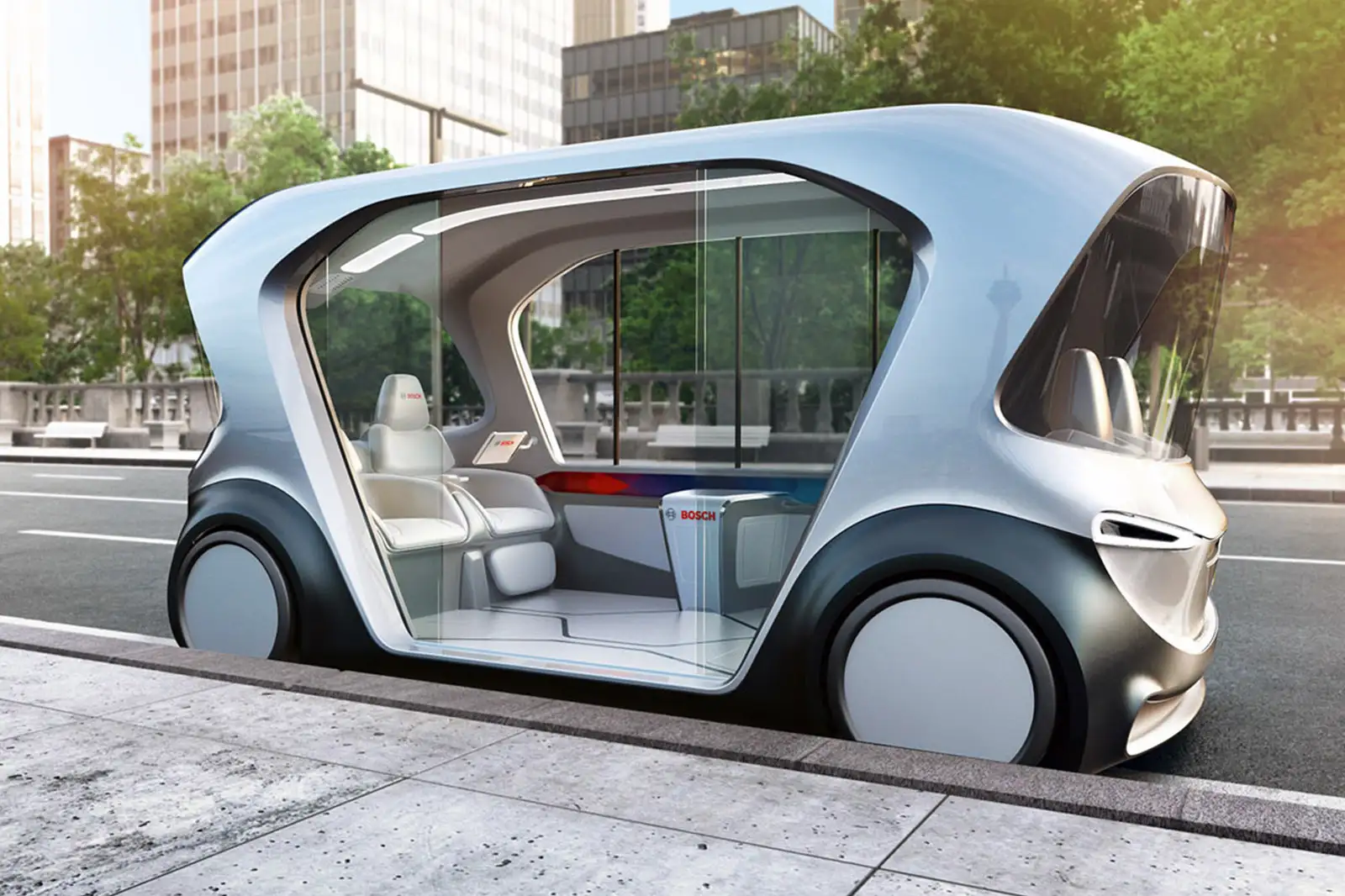Evolution of Driverless Technology
Historical Background
The concept of driverless cars can be traced back to the mid-20th century when early experiments sought to automate driving processes. Modern advancements have accelerated thanks to developments in artificial intelligence, machine learning, and sensor technologies.
Technological Components
-
Sensors: Driverless cars rely on an array of sensors, including LiDAR, radar, and cameras, to perceive their environment and make real-time decisions.
-
AI and Machine Learning: These technologies enable cars to process vast amounts of data, learn from experiences, and adapt to new situations.
-
Connectivity: Vehicle-to-vehicle (V2V) and vehicle-to-infrastructure (V2I) communication systems enhance navigation and safety.
Driverless Testing: Ensuring Reliability
Testing Methodologies
Rigorous testing is crucial for the development of autonomous vehicles. It includes:
-
Closed Environment Testing: Initial tests are conducted in controlled environments to evaluate basic functionalities.
-
Simulation: Advanced software simulates millions of driving scenarios to predict how vehicles will behave.
-
Public Road Testing: Once safety benchmarks are met, real-world testing on public roads provides insights into performance under varied conditions.
Challenges in Testing
-
Complex Traffic Situations: Handling unpredictable human behavior and complex traffic scenarios remains a significant hurdle.
-
Weather Conditions: Adverse weather like rain, snow, or fog can impair sensor performance and vehicle operation.
Driverless Regulations: Navigating Legal Frameworks
Current Regulations
Governments worldwide are grappling with the introduction of driverless cars, with regulations varying significantly:
-
United States: Policies differ across states, with some adopting progressive testing regulations while others remain cautious.
-
Europe: The EU is working on cohesive regulatory frameworks to facilitate cross-border testing and operation.
-
Asia: Countries like China and Japan are investing in infrastructure changes to accommodate autonomous vehicles.
Regulatory Challenges
-
Safety Standards: Establishing comprehensive safety standards is critical to protect passengers and pedestrians.
-
Liability and Insurance: Determining liability in the event of accidents involving autonomous vehicles is complex.
-
Data Privacy: Ensuring the privacy and security of data collected by driverless cars is paramount.
Driverless Safety: Prioritizing Human Well-being
Safety Features
Autonomous vehicles are equipped with sophisticated safety systems, including:
-
Collision Avoidance: Real-time data processing helps prevent accidents by predicting and reacting to potential collisions.
-
Emergency Protocols: Vehicles are programmed to execute safe maneuvers during system failures or emergencies.
-
Continuous Monitoring: Constant monitoring and updates ensure vehicles adhere to the latest safety standards.
Addressing Safety Concerns
-
Public Perception: Building trust in driverless technology is essential, requiring transparent communication and education.
-
Cybersecurity: Protecting vehicles from hacking and software malfunctions is crucial for ensuring safety.
Driverless Market Trends: Shaping the Future of Transportation
Current Market Landscape
The driverless car market is rapidly evolving, with significant investments from tech giants and automotive manufacturers:
-
Leading Companies: Firms like Tesla, Waymo, and Uber are spearheading developments in autonomous technology.
-
Economic Impact: The market is projected to grow exponentially, with autonomous vehicles becoming mainstream by 2030.
Future Opportunities
-
Urban Mobility: Driverless cars offer solutions to urban congestion and pollution, promoting sustainable transportation.
-
Shared Mobility: Autonomous vehicles are set to revolutionize ride-sharing services, enhancing convenience and efficiency.
-
Logistics and Delivery: The logistics sector stands to benefit immensely from autonomous vehicles, reducing costs and improving delivery times.
Market Challenges
-
Infrastructure Needs: Upgrading road infrastructure to support autonomous vehicles is essential.
-
Consumer Adoption: Overcoming skepticism and encouraging consumer adoption requires strategic marketing and demonstration of benefits.
Table: Comparison of Autonomous Vehicle Technologies
|
Technology
|
Function
|
Advantages
|
Challenges
|
|
LiDAR
|
Light detection and ranging
|
High precision mapping
|
Expensive and sensitive to weather
|
|
Radar
|
Radio wave detection
|
Effective in various weather conditions
|
Limited resolution
|
|
Cameras
|
Visual recognition
|
Cost-effective and versatile
|
Limited in poor lighting conditions
|
|
V2V/V2I Communication
|
Connectivity and data exchange
|
Enhances traffic management
|
Requires extensive infrastructure
|
Questions and Answers (QA)
Q1: What is the difference between semi-autonomous and fully autonomous vehicles?
A1: Semi-autonomous vehicles require human intervention for certain tasks, while fully autonomous vehicles operate independently without any human input.
Q2: How do driverless cars handle emergency situations?
A2: Driverless cars are equipped with emergency protocols that allow them to make safe maneuvers, such as pulling over or stopping, in case of system failures.
Q3: What are the environmental benefits of autonomous vehicles?
A3: Autonomous vehicles can reduce emissions and fuel consumption by optimizing driving patterns and reducing traffic congestion.
Q4: How does regulation impact the deployment of driverless cars?
A4: Regulations play a critical role in ensuring safety and standardization, impacting the speed and extent of deployment of driverless cars.
Q5: Can driverless technology be integrated into public transport systems?
A5: Yes, autonomous technology has the potential to revolutionize public transport by improving efficiency and reducing operational costs.
Driverless cars represent a transformative leap in transportation technology, offering unparalleled opportunities for innovation and efficiency. As technology advances, and regulations evolve, the widespread adoption of autonomous vehicles will reshape our cities and lifestyles. By embracing these changes, society can harness the benefits of safer, cleaner, and more efficient transportation systems.
